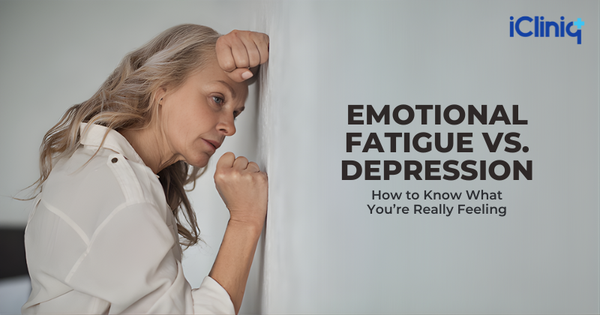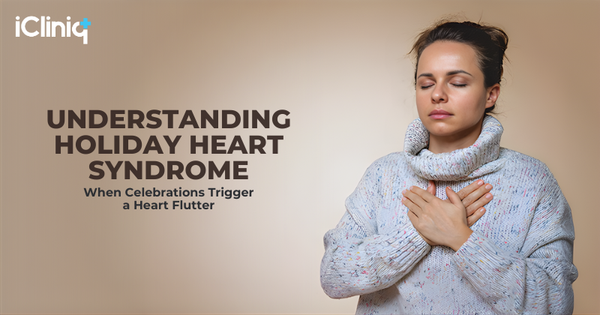Understanding PTSD in Kids: Key Signs and How to Help

After a traumatic event, it is natural for kids to feel anxious or scared. But when those feelings linger, it could be more than a phase. Just like adults, children, too, are prone to experiencing PTSD. The earlier the signs are detected, the sooner the child can receive support, which can prevent psychological damage in the long run. Let us see how to spot the characteristic signs and symptoms of PTSD in a child.
1. Identifying PTSD in Children
Most children do not voice out the trauma they have experienced. But their body language will easily give them away. Look for behaviors such as increased anxiety, agitation, or lack of interest. Repeated nightmares, flashbacks, or intense fear after the traumatic event can be symptoms of PTSD.
Post-traumatic stress disorder affects a child's academics as much as their social life. When your child becomes suddenly incapable of concentrating, forgets anything and everything, or starts avoiding certain situations, that is the time you need to wake up.
2. Behavioural Red Flags
PTSD can cause dramatic behavior changes in children. They may hold you as close to them as humanly possible or may get hysterical if they are separated from you. Aggression, angry outbursts, or hyper-vigilance are sure signals. These behaviors are an outward expression of their internal confusion and fear. Physical complaints such as headaches or stomach aches may begin, most often because of increased anxiety.
3. How to Support Your Child?
The initial action in helping your child is to create a safe, supportive setting. Let them know expressing their thoughts without making them utter anything is fine. Children are sometimes better articulated when expressing their minds through play or art instead of speaking.
4. Professional Assistance
Trauma therapists can help clients process their emotions through cognitive behavioral therapy (CBT) and educate them on healthy ways of coping.
5. Routine for Security
A regular and systematic daily routine can help alleviate the suffering from PTSD in children. Pleasant and engaging activities such as reading their favorite book, drawing, or playing with pets can also be of big help. Limiting conversations about the child’s traumatic experiences to a bare minimum can help them recover better from PTSD.
6. Seek Professional Help
A child dealing with PTSD indeed needs a lot of emotional support. However, seeking professional help from a child psychologist or therapist is very important as they are the ones who can best help in bringing the child out of the PTSD trauma.
Children with PTSD can, of course, be treated, especially with the combined approach of emotional support, professional therapy, and a structured routine. With time, patience, and encouragement, children can come out of PTSD by building their inner strength, and courage to be a better version of themselves. It helps them re-connect, build self-confidence, and finally look ahead in life with hope.





